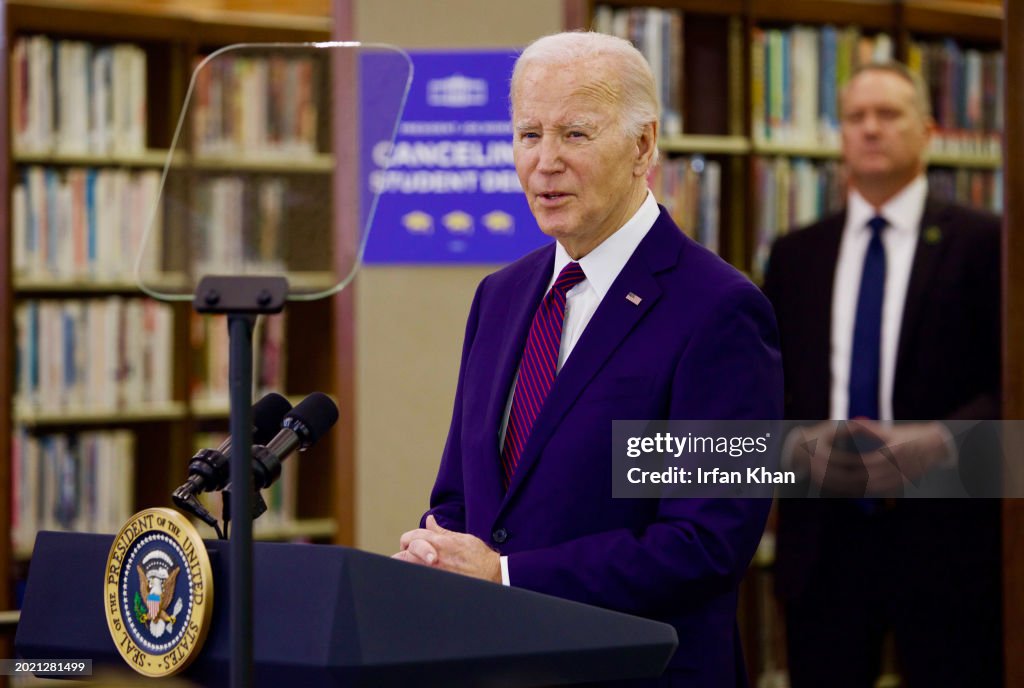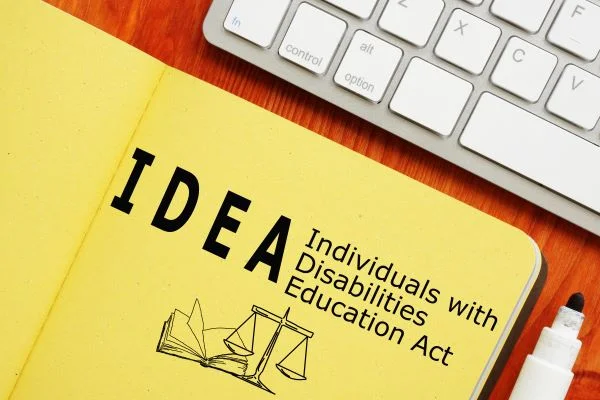On Monday, April 8, President Joe Biden announced his student debt relief plan that could potentially help 30 million borrowers. Despite a previous failed attempt by Biden to forgive the student debt of around 40 million borrowers that the Supreme Court blocked, Biden is firm in his goal to cancel out student debt for as many people as possible. Although this proposal is yet to be fully completed and faces numerous legal challenges, debt relief could be distributed as early as November of this year.
Although reaching fewer students than Biden wanted, “The plan would reduce payments for 25 million borrowers and erase all debt for more than four million Americans,” said The New York Times. “Borrowers with undergraduate student debt who started repaying their loans more than 20 years ago, and graduate students who started paying their debt 25 or more years ago, would have their debts canceled.” In addition, borrowers who experienced rapid loan increases due to unpaid interest would have around $20,000 from their interest balance removed, and those identified as the “lower-middle” class would have their entire interest balance waived, according to the same article. Finally, those categorized with “hardship” and paying back medical or child care costs, would be given relief. Biden has not determined how these people would be identified. All of the criteria above are still up for debate and changes may occur.
In Biden’s previous attempt at a student debt relief plan, he attempted to give $400 billion in debt relief to borrowers, claiming that it was acceptable to do so at the time of the COVID-19 pandemic. However, the Supreme Court canceled that plan, saying that Biden had exceeded his authority. The new student debt relief plan is utilizing the Higher Education Act, a national law that manages student debt/loan programs. By targeting more specific groups of people instead of a broad majority, the Biden administration believes that the plan can operate under the stricter confines of that law.
The proposed debt relief plan is roughly estimated to be put in action by this fall, but there is still more work yet to be done before a complete timeline is reached. According to The New York Times, it still needs to undergo a monthslong public comment period after being published in the Federal Register, the official journal of the United States. The passing of this plan is important to many voters, and because it could be left incomplete even after this coming election in November, which has a major impact on voter sway as student debt is an important voting area for many. For example, in a poll from Ipsos/USA Today in 2023, 83% of Americans with student loan debt said they somewhat or strongly support a student loan forgiveness program that would save up to “$20,000 in federal student loan debt for Pell Grant recipients, and $10,000 for non-Pell Grant recipients, with an income threshold”, showing that student loan debt forgiveness is backed by many. As of right now, student debt relief mostly appeals to Democrats, as Republicans find it to be “an unfair bailout for people who went to college,” and would increase taxes for people who didn’t even go to college to begin with, said PBS.
Overall, Biden’s new debt relief plan has the potential to help millions of people, partially or completely absolving student loan debt for people who have been stuck with payments for decades. Furthermore, a move like this solidifies Biden as a viable voting option, especially for younger voters, depending on whether or not it gets passed before the election. However, it will take time to see the plan’s benefits because it must first overcome numerous political challenges before public implementation.









